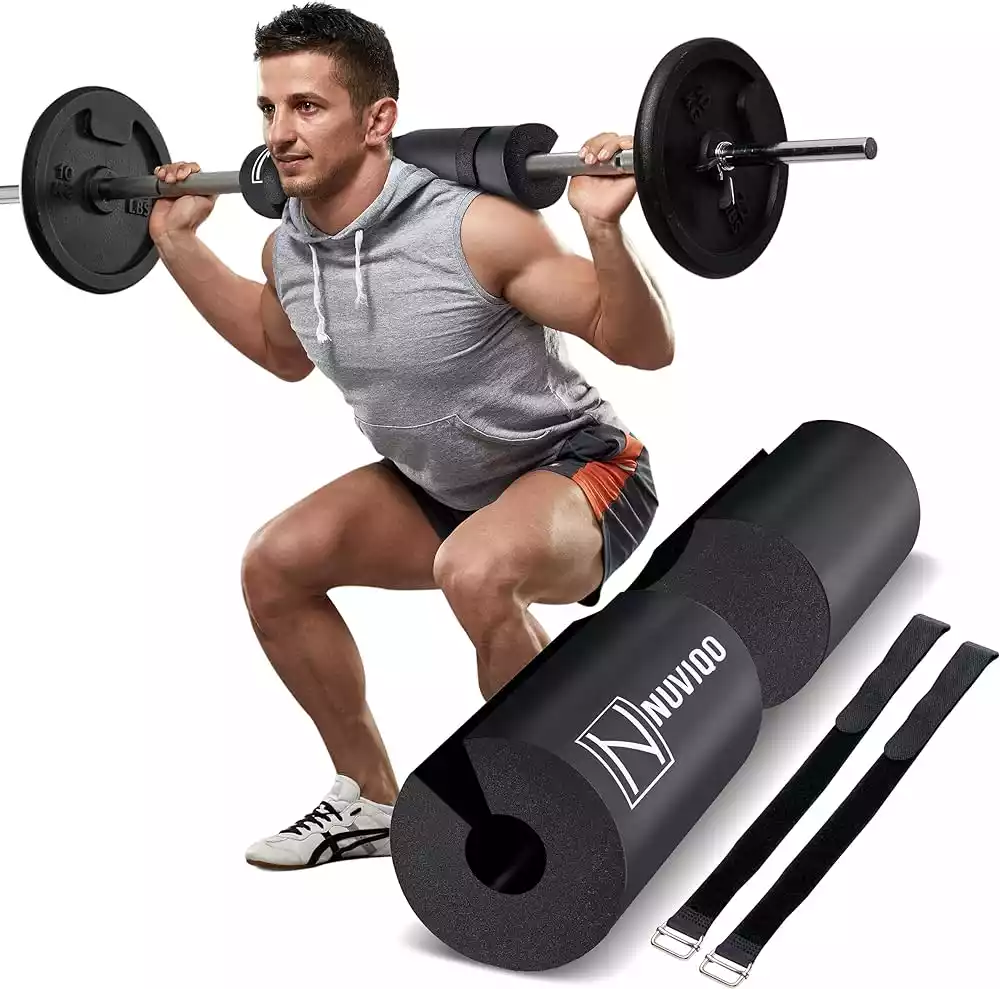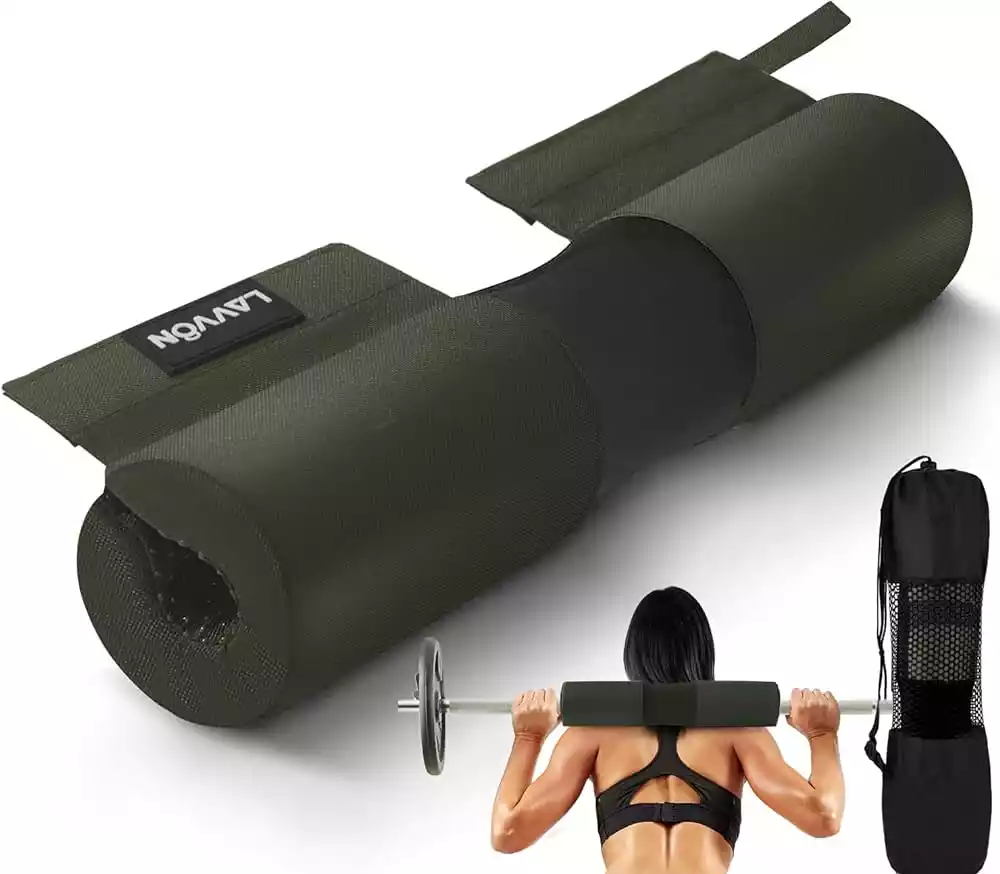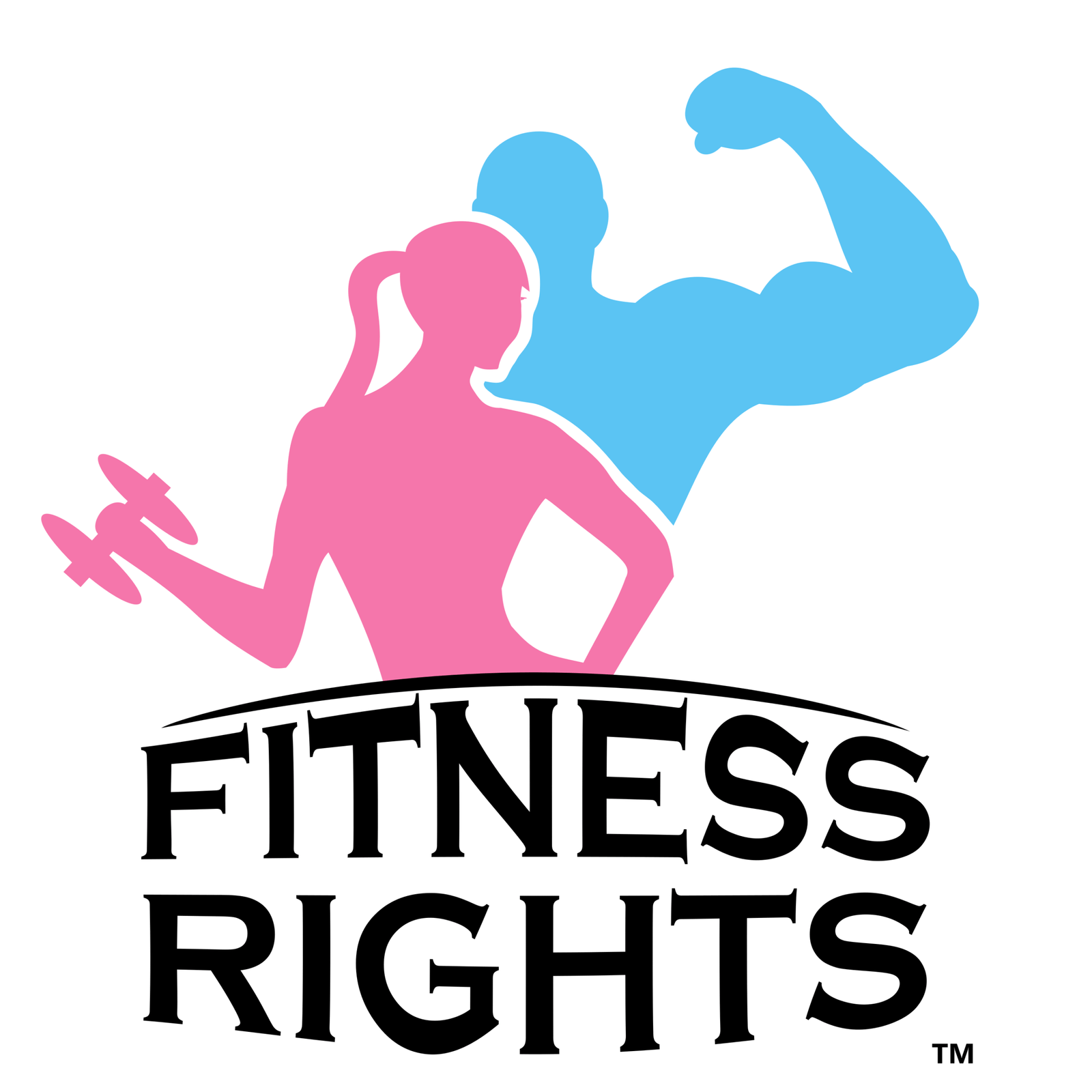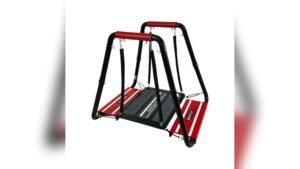Weightlifting enthusiasts often seek alternatives to barbell pads for various reasons, including comfort, cost, and availability. While barbell pads are designed to cushion the barbell during exercises like squats, they are not the only option. This article explores several effective alternatives, providing detailed insights into their benefits and drawbacks.
Table of Contents
ToggleWhy Consider Alternatives to Barbell Pads?
Barbell pads are popular for providing cushioning and reducing discomfort during weightlifting. However, they have some limitations:
• Cost: Barbell pads can be expensive, especially high-quality ones.
• Durability: Some barbell pads wear out quickly, requiring frequent replacements.
• Availability: Not all gyms provide barbell pads, and carrying one around can be inconvenient.
Exploring alternatives can offer similar benefits while addressing these issues.
Common Alternatives to Barbell Pads
Towel
Using a towel is one of the simplest and most accessible alternatives to a barbell pad. Here’s how it works:
• Wrap a towel around the barbell: Fold the towel to the desired thickness and wrap it around the barbell where it will rest on your shoulders.
• Secure it: Use athletic tape or Velcro straps to keep the towel in place.
Pros:
– Easily accessible and cost-effective.
– Adjustable thickness for personalized comfort.
Cons:
– May slip during exercises.
– Provides less padding compared to specialized equipment.
Foam Roller
A foam roller can be repurposed as a barbell pad with some modifications:
• Cut the foam roller: Measure and cut the foam roller to fit the length of the barbell.
• Secure it: Use tape or straps to attach the foam roller to the barbell.
Pros:
– Provides good padding and durability.
– Can be used for other exercises and recovery.
Cons:
– Requires modification.
– Bulkier than traditional barbell pads.
Yoga Mat
A yoga mat can be an effective alternative:
• Cut the yoga mat: Measure and cut a section of the yoga mat to wrap around the barbell.
• Secure it: Use tape or straps to keep it in place.
Pros:
– Good padding and non-slip surface.
– Multi-purpose use.
Cons:
– Requires modification.
– Less durable than specialized equipment.
Pool Noodle
A pool noodle can be a creative and cost-effective alternative:
• Cut the pool noodle: Measure and cut the pool noodle to fit the barbell.
• Secure it: Use tape or straps to attach it to the barbell.
Pros:
– Lightweight and provides good padding.
– Inexpensive and easily accessible.
Cons:
– Requires modification.
– Less durable and may compress over time.
Squat Sponge
A squat sponge is specifically designed for barbell cushioning:
• Purchase a squat sponge: Available at fitness stores or online.
• Attach it to the barbell: Follow the manufacturer’s instructions for secure attachment.
Pros:
– Excellent padding and ergonomic design.
– Specifically designed for weightlifting.
Cons:
– More expensive than other alternatives.
– Less versatile for other uses.
Detailed Comparison of Alternatives

|
| Alternative | Description | Pros | Cons |
| Towel | Wrap a towel around the barbell | Easily accessible, cost-effective | May slip, less padding |
| Foam Roller | Cut a foam roller to fit the barbell | Good padding, durable | Requires modification, bulkier |
| Yoga Mat | Cut a yoga mat and wrap it around the barbell | Good padding, non-slip | Requires modification, less durable |
| Pool Noodle | Cut a pool noodle to fit the barbell | Good padding, lightweight | Requires modification, less durable |
| Squat Sponge | Specifically designed for barbell cushioning | Excellent padding, ergonomic design | More expensive, less versatile | |
How to Secure Alternatives to the Barbell
Securing alternatives to the barbell is crucial to ensure safety and effectiveness. Here are some methods:
Using Athletic Tape
• Wrap the tape around the alternative: Secure the towel, foam roller, yoga mat, or pool noodle by wrapping athletic tape around it.
• Ensure tightness: Make sure the tape is tight enough to prevent slipping but not so tight that it compresses the padding.
Using Velcro Straps
• Attach Velcro straps: Use Velcro straps to secure the alternative to the barbell.
• Adjust as needed: Ensure the straps are tight and adjust them as needed during the workout.
Using Zip Ties
• Attach zip ties: Use zip ties to secure the alternative to the barbell.
• Cut excess: Trim any excess zip tie material to prevent it from interfering with your workout.
Safety Considerations while using alternatices

When using alternatives to barbell pads, safety is paramount. Here are some tips:
• Test with lighter weights: Before using the alternative with heavy weights, test it with lighter weights to ensure it is secure and comfortable.
• Check for slipping: Regularly check the alternative for slipping or movement during your workout.
• Replace as needed: If the alternative shows signs of wear or damage, replace it to maintain safety and effectiveness.
FAQs
1. Why should I use an alternative to a barbell pad?
Using an alternative to a barbell pad can provide similar cushioning and comfort while potentially being more cost-effective or readily available. Some alternatives may also offer better grip or durability. For example, a towel or foam roller can be easily found at home or in the gym, making them convenient options. Additionally, alternatives like the squat sponge are specifically designed for weightlifting, offering ergonomic benefits that standard barbell pads may lack.
2. How do I secure these alternatives to the barbell?
Most alternatives can be secured using athletic tape, Velcro straps, or simply by wrapping them tightly around the barbell. Ensure they are securely fastened to prevent slipping during exercises. For instance, when using a towel, you can wrap it around the barbell and secure it with athletic tape. Similarly, a foam roller can be cut to size and attached with Velcro straps. Always test the setup with a lighter weight before proceeding with heavier lifts to ensure safety.
3. Are these alternatives safe to use?
Yes, as long as they are securely fastened and provide adequate cushioning, these alternatives can be safe to use. Always test the setup with a lighter weight before proceeding with heavier lifts. Regularly check for any signs of wear or slipping during your workout. For example, a pool noodle may compress over time, so it’s essential to monitor its condition and replace it if necessary. Safety should always be a priority when using any alternative to a barbell pad.
4. What are the benefits of using a squat sponge?
A squat sponge is specifically designed for barbell cushioning, offering excellent padding and an ergonomic design. It provides superior comfort and support compared to other alternatives. The squat sponge’s unique shape helps distribute the weight evenly across your shoulders, reducing pressure points and discomfort. While it may be more expensive than other options, its durability and effectiveness make it a worthwhile investment for serious weightlifters.
5. Can I use these alternatives for other exercises?
Yes, many of these alternatives can be used for other exercises. For example, a foam roller can be used for muscle recovery and stretching, while a yoga mat can be used for various floor exercises. A towel can serve multiple purposes in the gym, from cushioning to wiping sweat. The versatility of these alternatives makes them valuable additions to your fitness routine, providing both comfort and functionality.
Conclusion
While barbell pads are a popular choice for cushioning during weightlifting, there are several effective alternatives that can provide similar benefits. Whether you choose a towel, foam roller, yoga mat, pool noodle, or a squat sponge, each option has its own set of pros and cons. Consider your specific needs, such as padding, grip, and cost, when selecting the best alternative for your workouts. Always prioritize safety and ensure that any alternative you use is securely fastened to the barbell. For more insights, check out Lifehacker’s guide on quitting barbell pads and Lean Bodies Consulting’s alternate uses for gym barbell pads.
Posts References:
How to Quit Using a Barbell Pad for Squats – Lifehacker
Alternate use for the gym barbell pad – Lean Bodies Consulting
Featured Image by Branislav Nenin/Shutterstock







